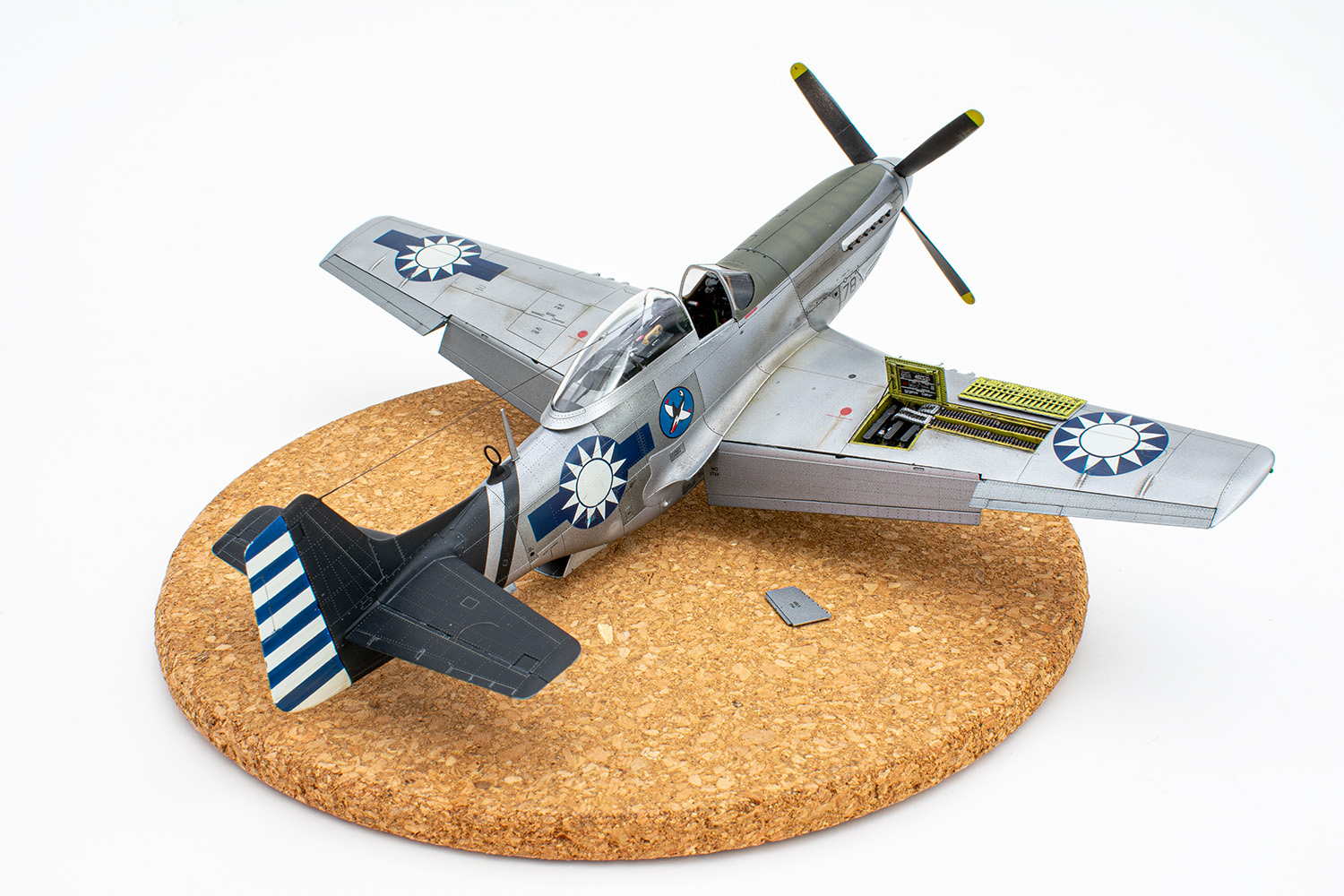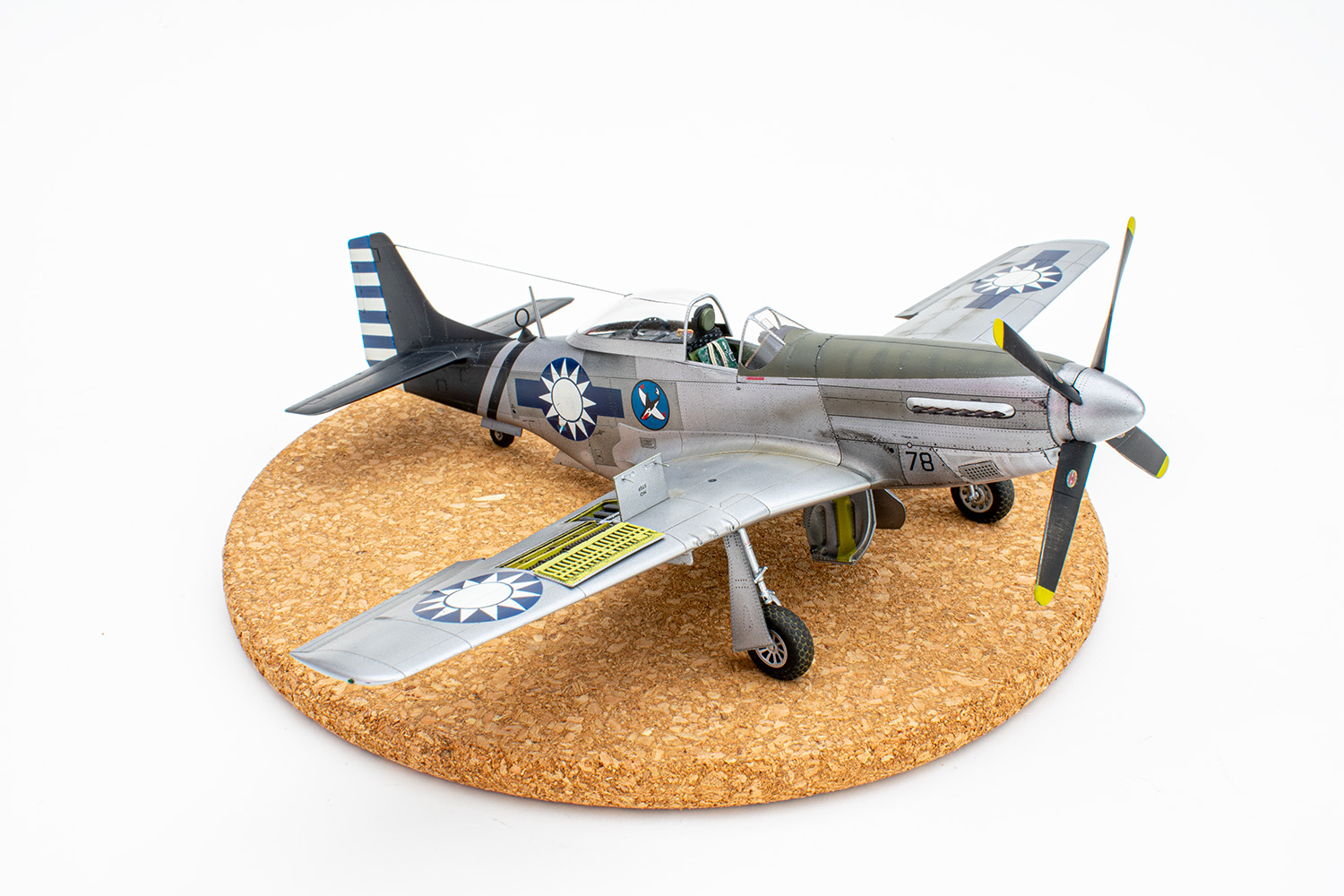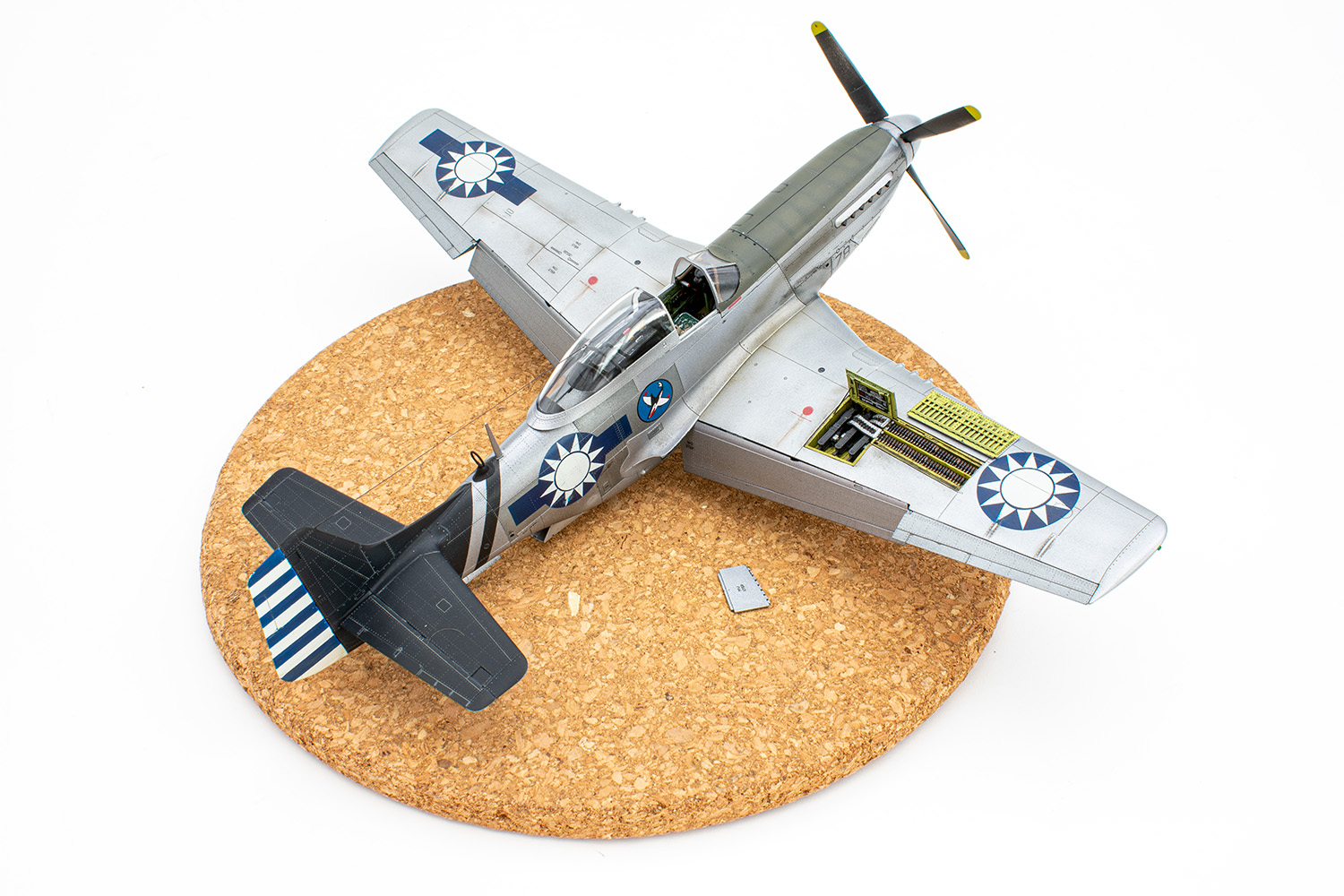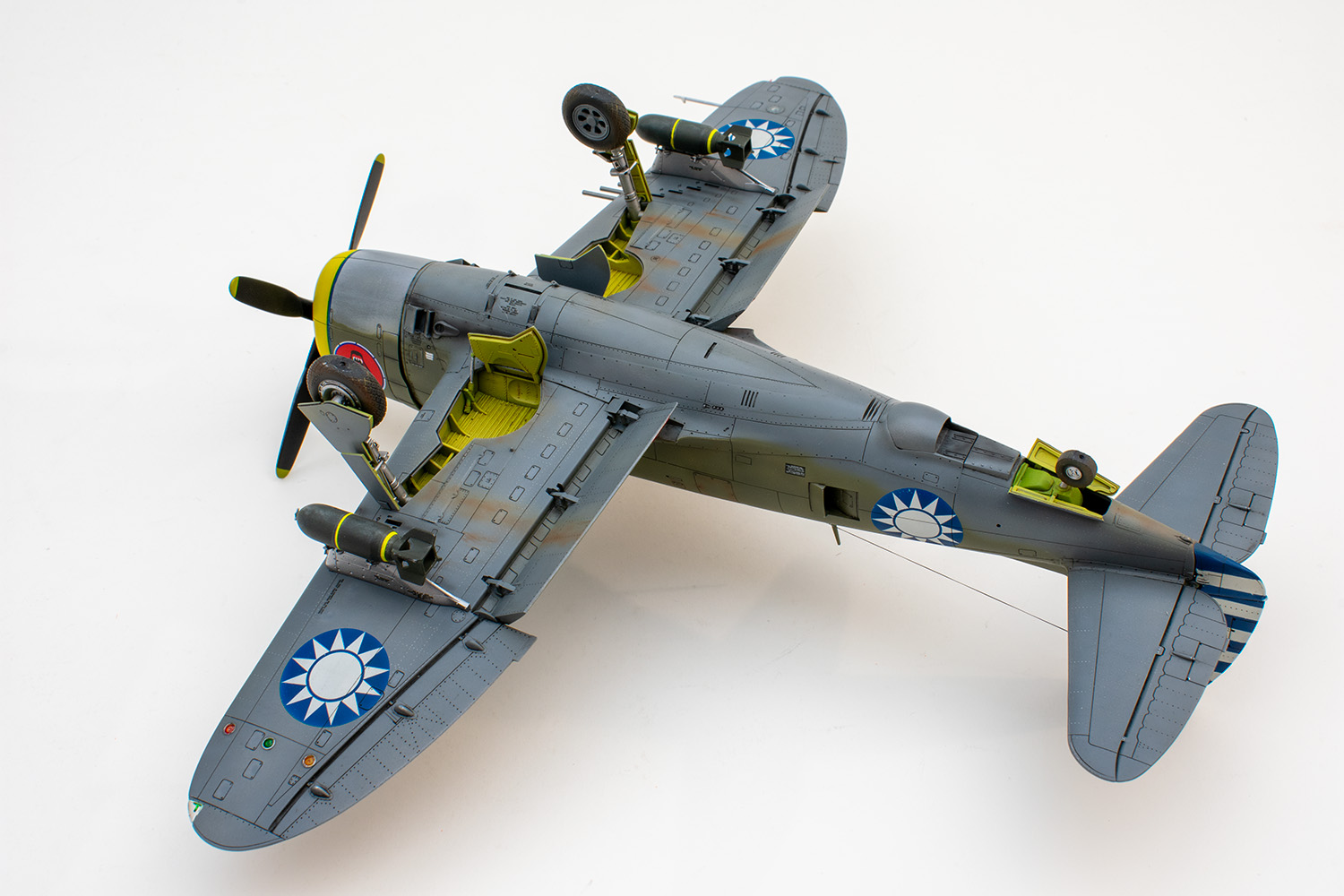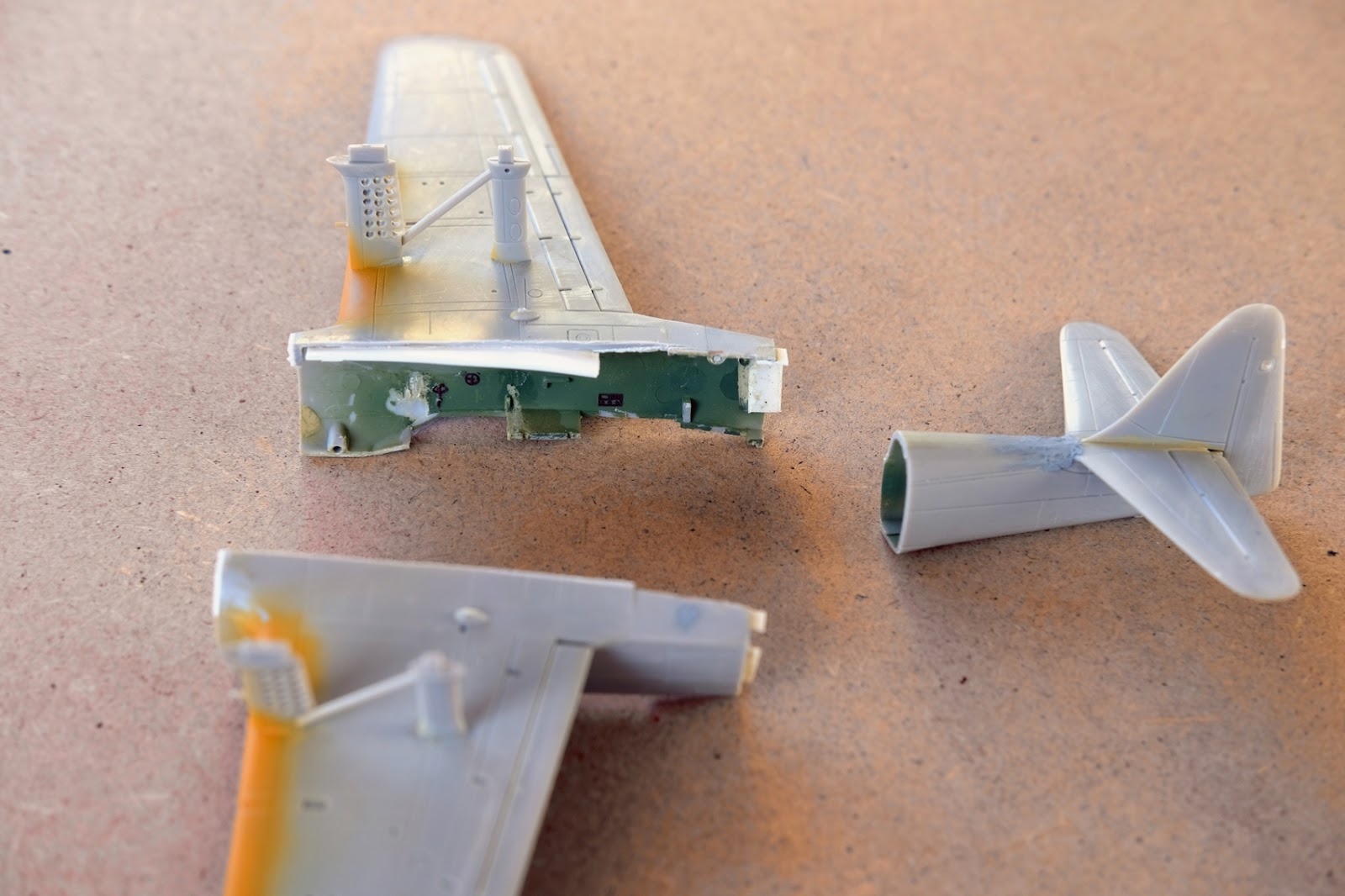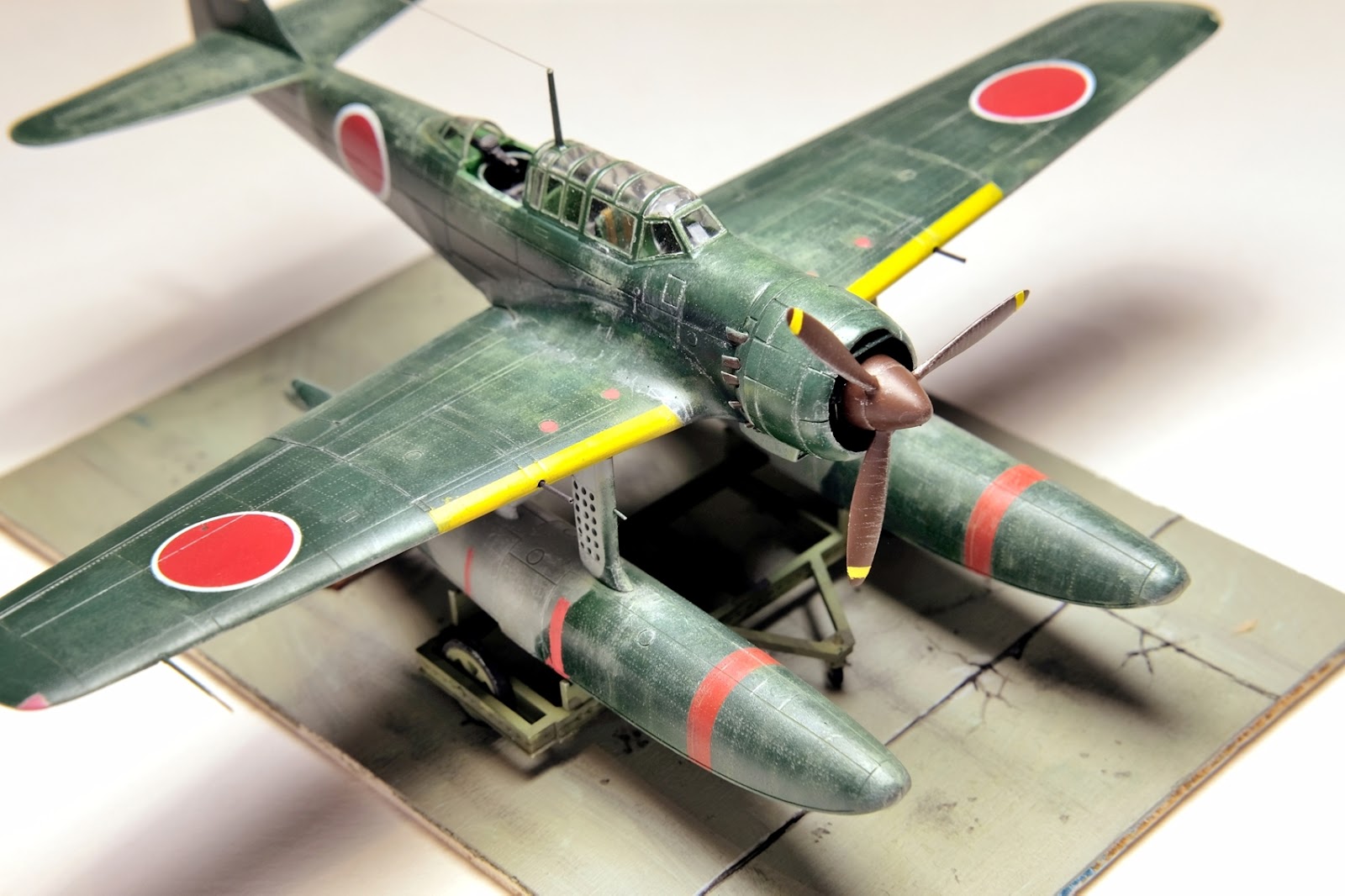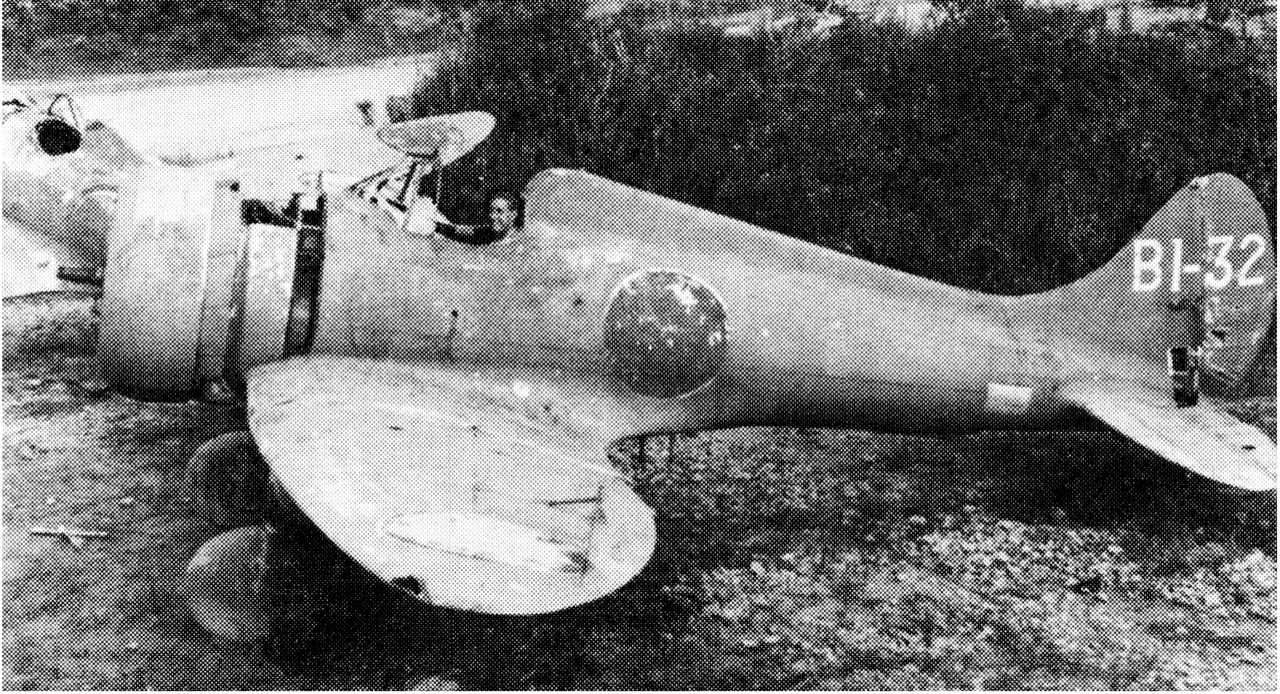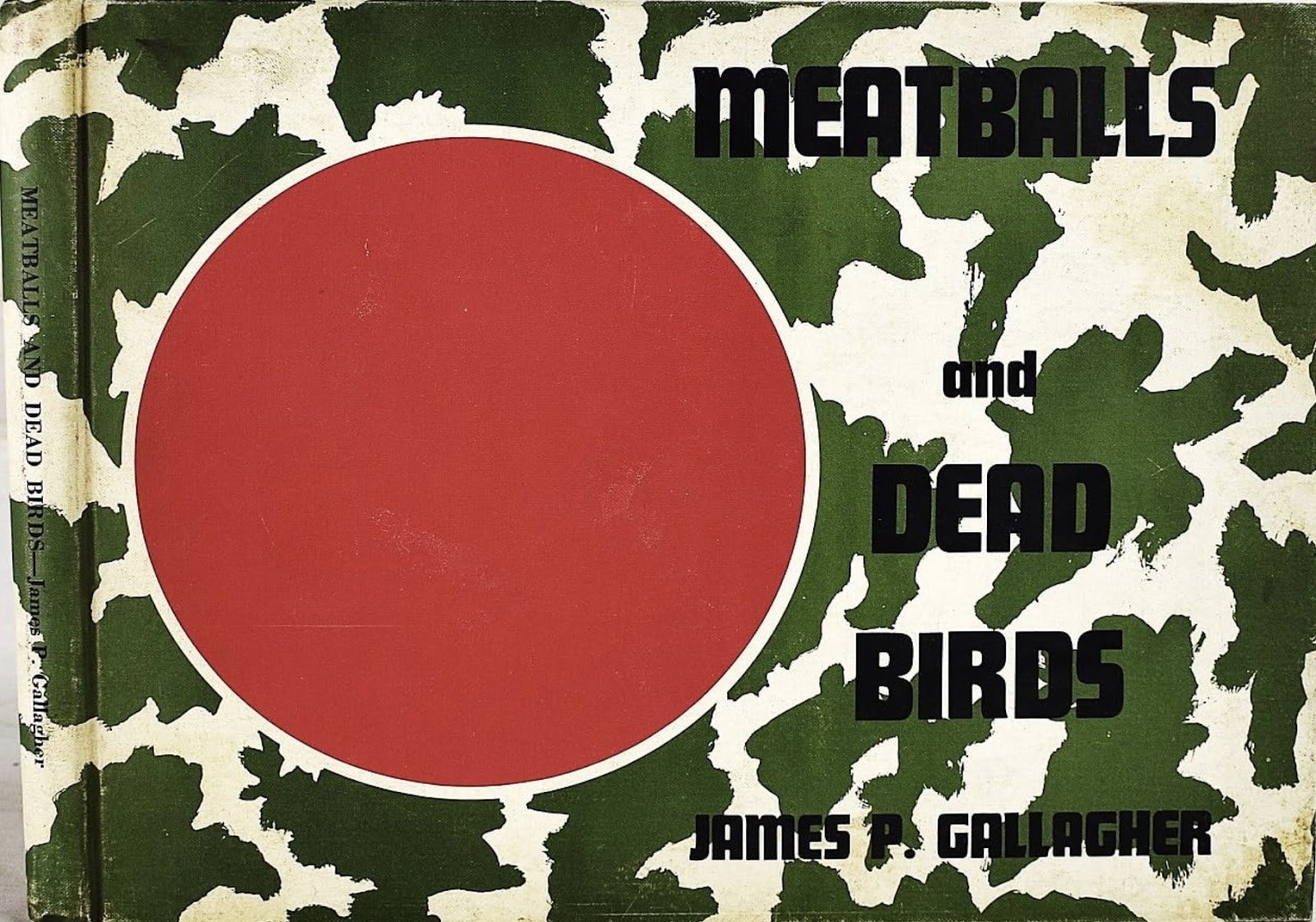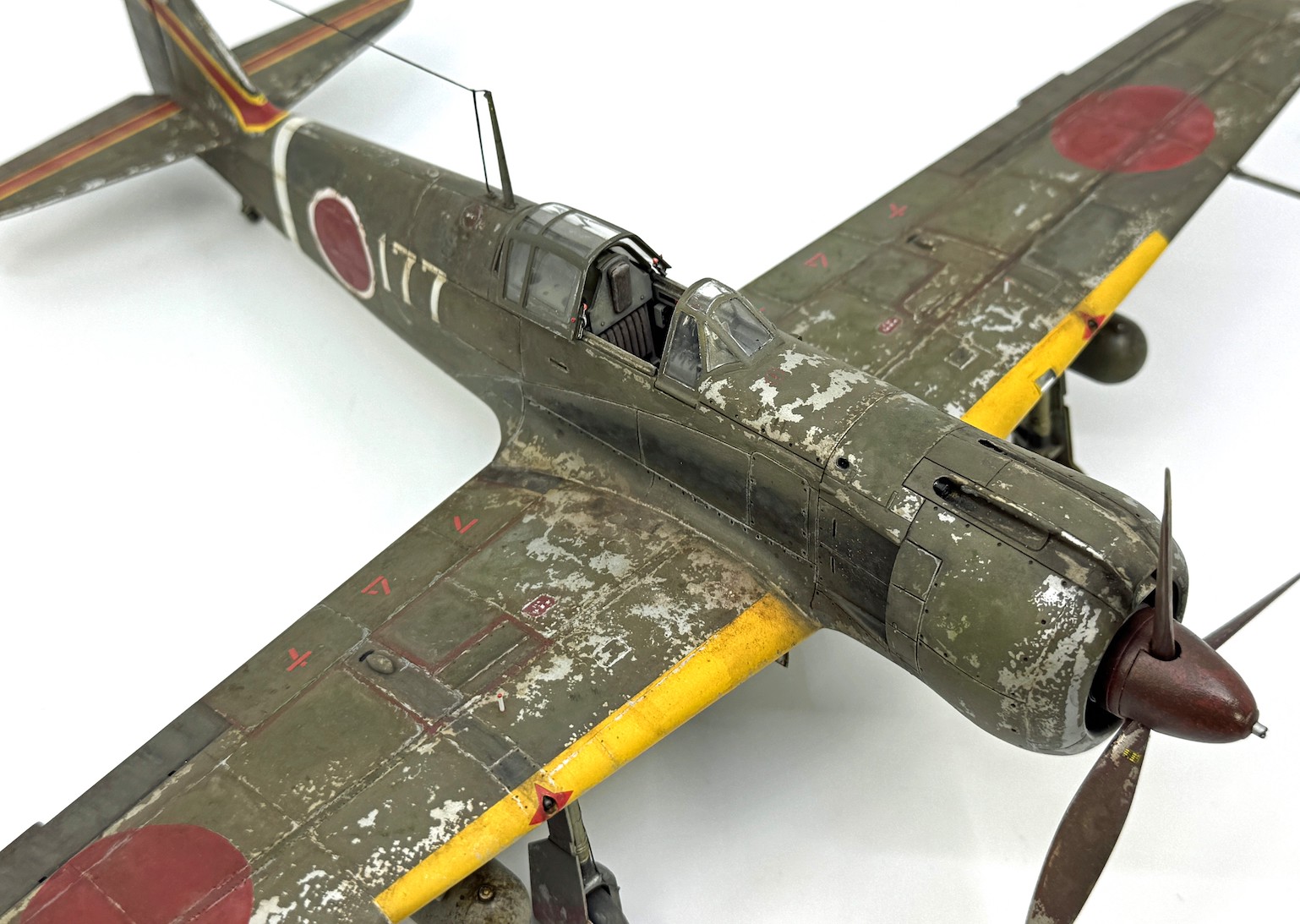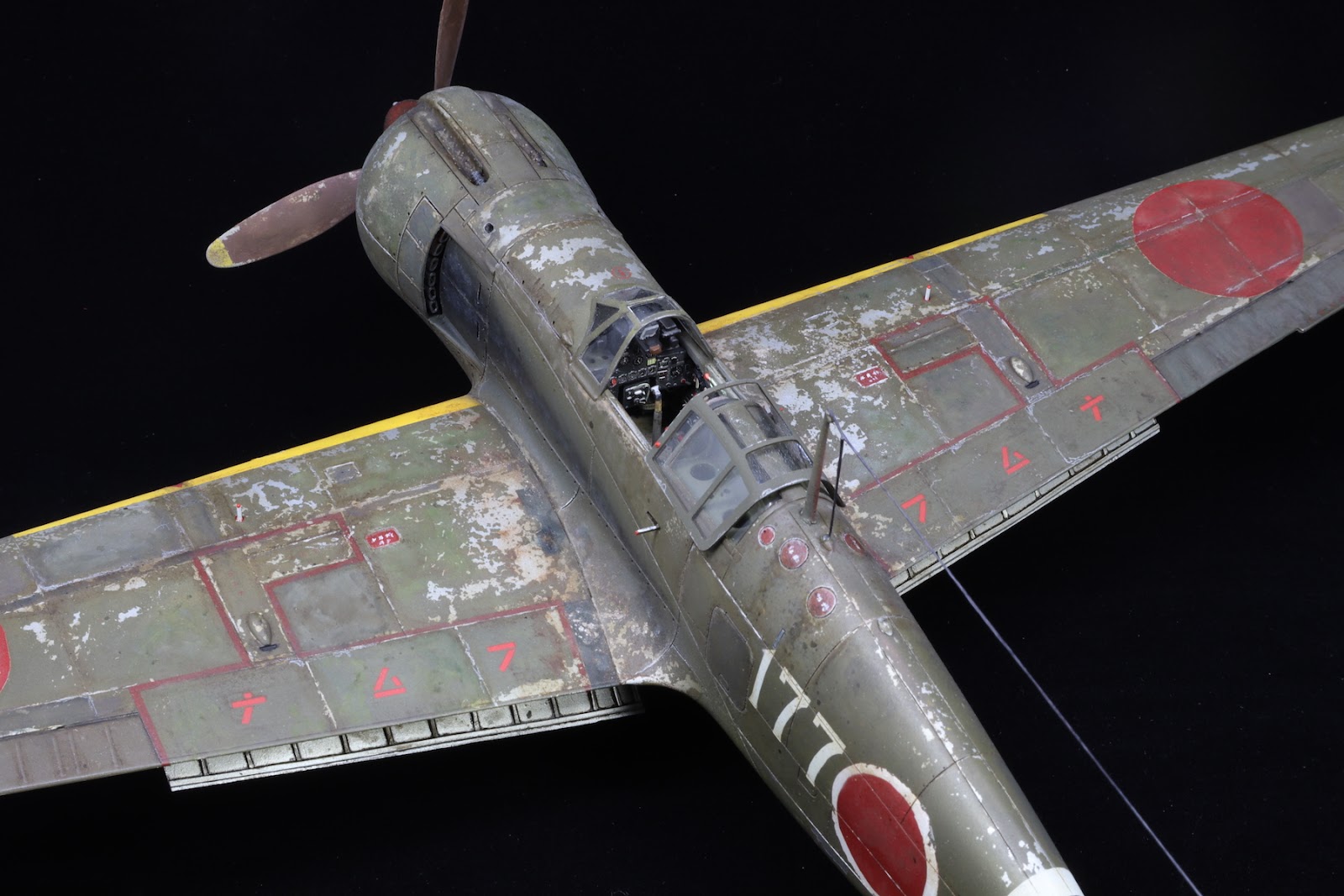Aviation of Japan 日本の航空史
A site dedicated to information and discussion about the history of aviation and aeroplanes in Japan and the Far East. 日本と東洋の航空史と航空機に関する専門サイト。皆様からの情報やコメントをお待ちしてます。(日本語でも可)
Wednesday, 2 April 2025
Igor Kochan's RoCAF Pursuit Duo in 1/48 Scale
Tuesday, 1 April 2025
Blog Makeover
Image credit:- Heading image James Thomas Brudenell, 7th Earl of Cardigan, by Sir Francis Grant; Middle image Trooper W E Leedham, 6th Iniskilling Dragoons, my great grandfather; Lower image the Scots Guards cheering Queen Victoria at Buckingham Palace before their departure to the Crimea, 1854
Sunday, 30 March 2025
Aichi E16A1 Zuiun in 1/72 by Danilo Renzulli
It is a delight to present these images and notes of a painstaking build of the Fujimi Aichi E16A1 Zuiun kit in 1/72 scale by Danilo Renzulli, achieving a brilliant result. This was a partial reconstruction of the Fujimi kit released in 1998 that Danilo had purchased shortly afterwards. He began building the model in the early 2000s but halted the process mainly because there was a significant issue with the wings to fuselage joint and also due to lack of suitable reference documentation. However the basic assembly was there and so it remained for a long time . . . Danilo writes:-
'Last summer I decided, along with other unfinished models, to give it a go - the model was almost completely dismantled and the interior fixed by squeezing in the resin cockpit assembly from the Special Hobby kit which I had recently purchased online. Plundering the SH kit was nearly a shame but that kit had some dimension problems in the cowling and front fuselage area so I decided to sacrifice it to have a decent representation in my Fujimi model. In the cockpit stub the machine gun housing was built from scratch with some plasticard, some other parts recovered from the spare parts stock, the instrument panel also from the SH kit's photo-etch sheet and the seatbelts from Eduard. Some adjustments were necessary to properly fix the resin stub into the fuselage halves - this done, the worst was behind me.
'Apart from the wings to fuselage gap, in general this is a nice kit that builds well into a model that captures the modern lines of this aircraft. The transparencies are very good with the interesting choice of open or closed canopy. The panel lines are a little overdone but I left them as they were.
'As for my latest models some details have been realized with the help of some telescopic brass tubes such as pitot tube, the float strut steps, a small ring under the rear fuselage, the aileron underwing hinges and each exhaust stack cut to the proper length and slightly pressed at the end to resemble the original. Some riveting was also added. Bomb racks again from the spare parts stock.
'The decals are from the Fujimi kit and camouflage was from a mix of Mr. Color paints. The navigation lights on the wing tips were cut (and sanded down) from toothbrush transparent handles. The weathering is the result of dry brushing and the use of a silver pencil along with some very soft sanding with water and extremely fine and well used sanding paper. My only concern is about the upper surface green which, in my opinion, should be a bit darker - Nick your opinion is welcome, of course!
'The finished model is presented sitting on its fine dolly as included in the kit but since I omitted to place sufficient weight in the floats I had to create a sort of diorama using the trestles provided in the Aoshima Ki-61/Ki-100 series kits. Then the model and trestles were fixed onto a piece of 3mm plywood with vinyl cement. I hope you enjoy it . . . '
Well I did, Danilo, including the green finish! And the kit's decals look good, well done Fujimi. With special thanks for sharing the images and notes of a very fine piece of work. And thank you for your patience awaiting their presentation here!
Image credit: All photos © 2025 Danilo Renzulli
Saturday, 29 March 2025
381 Ku A5M Fighters at Tebrau, Malaya, 1945
Jacob Terlouw has very kindly shared this image of a pair of derelict 381 Ku A5M 'Claude' fighters photographed at Tebrau in Malaya post war. which comes from a very old Airfix magazine (issue date unfortunately unknown). Jacob confirmed the location with a nifty bit of detective work by comparing photos of the same aircraft offered on eBay. The Claude in the background, photographed from the front (below), reveals a small number '31' in white on the lower cowling lip, so these two are BI-31 and B1-32.
The B1 code was used by 381 Ku (13th Air Fleet, 10th Area Fleet) to designate fighters, whilst a B2 code was used to designate trainers. The latter is confirmed by a photo of a derelict K5Y 'Willow' at the same location with tail code B2-03. This means that however the two 'Claudes' were deployed operationally they were maintained as fighters and not as trainers. 381 Ku also operated A6M2-K trainers, A6M2 and A6M5 fighters and Raiden fighters from Singapore airfields. A model of A6M2 BI-12 made by Koh Tse Hsien of Singapore was shown at the blog here in August 2023. Tebrau is just north of Singapore on the Malaysian mainland.
B1-32 appears to have a complete upper surface scheme of very chalked, matted and faded green (?) with no indication of anti-glare paint or apparently the usual blue-black cowling. The data plate and hinomaru border appear to be bare metal, perhaps from masking off before the camouflage paint was applied. The hinomaru on the upper wings appear to have their borders overpainted with a dark colour. B1-31 appears to have the remnants of a dark painted cowling where the camouflage has peeled away and both aircraft have broad yellow wing leading edge IFF strips. The prop blades have the twin yellow tip stripes so were probably dark brown, also show considerable wear. The spatted undercarriage appears to have been camouflaged with the upper surface paint. Note that the tail code for BI-32 has been applied level with the ground position rather than horizontal to the airframe line. These aircraft would be interesting to model in the context of their deployment and in schemes different from those usually associated with the type, with challenging opportunity to represent the wear and tear.
The 13th Air Fleet also had under command 936 Ku at Seletar, Singapore with 17 'Jake' and 7 'Pete', as well as the Malay Airfield Unit which controlled all IJNAF airfields in Malaya.
With special thanks to Jacob for sharing these images.
Image credit: B1-32 Airfix Magazine via Jacon Terlouw; BI-31 eBay via Jacob Terlouw.
Thursday, 27 March 2025
Meatballs and Dead Birds by James P Gallagher - A Memory by Mark Smith
'I got to know (James Gallagher) late in his life, when he was living in Baltimore, and asked him again about it (the 'chocolate bar brown' Tony). The subject came up because I mentioned that a kit (or decal set, I forget) of Japanese origin had been issued with these markings, with instructions showing dark green upper surfaces, and around the same time one of my Japanese aviation books had a color illustration of the aircraft showing, again, a typical JAAF dark green. He was emphatic in response: 'NO! It was Hershey bar brown, and it stood out because it was so unusual.' For those who don't have 'Meatballs and Dead Birds', the chapter that features this photo is called 'An Unforgettable Japanese Warbird' and it has these lines: 'Having enjoyed the ususual opportunity of inspecting hundreds of Japanese military aircraft and/or their remains, I find there is one particular combat plane that stands foremost in my memory.'
'He greatly encouraged me in my work as a pastor in Pennsylvania and when I would call him occasionally, always seemed to be in good spirits. I admired him, and his enthusiasm for so many subjects. He was big on daily exercise and walking. Once when I asked how he was feeling, he said, 'Just fine, but I refereed a high school basketball game last night, and the muscles are sore.' He was 74 at the time! One morning I realized it had been many months since we talked, so called from my office, but someone else answered. I had the right number, but I had waited too long. He was gone at 82. He lived a very full life and according to him, his service with the 49th FG of Fifth Air Force was and always would be its highlight, and that service had pride of place in his obituary. He 'lived on a lot of different islands' for those years.
'His final book, published by Johns Hopkins Press, was 'With the Fifth Air Force: Photos From the Pacific Theater' and is also worth finding. It contains by far his best writing. I know this is too long, but I wanted to remember him again, and especially for Aviation of Japan readers, people who would certainly appreciate him. Against the day that someone will call your number, but someone else will answer.'
With special thanks to Mark for sharing this memory. More on the 'chocolate bar brown' Tony to follow.
Image credit: Book cover © 1972 Jon-Jay Publishers; Box art © 1987 and 1993 Hasegawa Corporation
Wednesday, 26 March 2025
Ki-100 in 1/32 by Harvey Low
'Here is my 1/32 Ki-100, which was a kit-bash mating the Hasegawa wings and tail assembly, onto the fuselage of a Ki-100 conversion kit from Alley Cat. I completed this model in early 2024 while trying to 'beat' Zoukei-Mura to the 'finishing-line' as in 2022 they announced that they would release a Ki-100 (as of March 2025, there is still no release date).
Toronto, Canada
With special thanks to Harvey for sharing these images and details of a very fine model.
Image credit: All photos © 2025 Harvey Low




